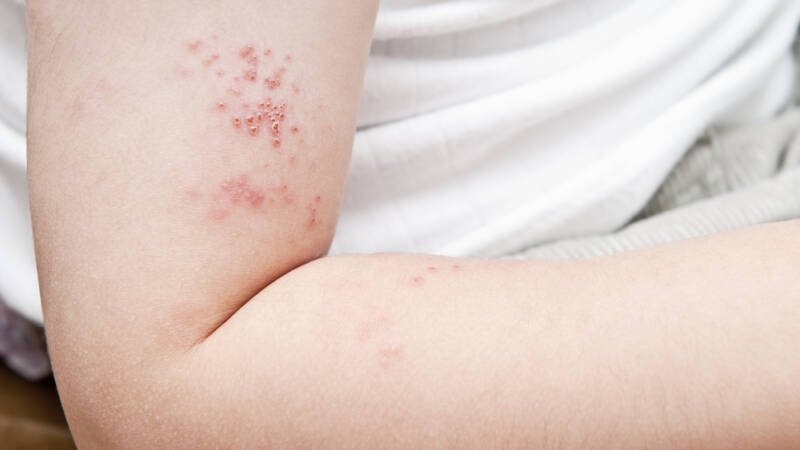What Everyone Needs To Know About Shingles

Shingles is a common infectious disease caused by the varicella-zoster virus – the same virus responsible for chickenpox. That is why, even when the signs of chickenpox go away, the virus is capable of staying dormant in the nervous system for years before reactivating as shingles.
Shingles is also known as “Herpes Zoster,” which is characterized by a red skin rash that is often itchy and painful. It usually develops as a stripe of blisters on one side of the body, most often on the torso, neck, or face.
Shingles commonly clear up within two to four weeks and rarely occur more than once in a person’s lifetime. According to the Center for Disease Control (CDC), 1 in 3 people in the United States will have shingles at some point in their life, making it a fairly common occurrence.
Signs and Symptoms
The initial symptoms of shingles are pain, burning, and a red rash in a stripe on one side of the body or face. These patches then develop into red fluid-filled blisters that break easily. Within seven to ten days, they dry out and crust over.
Other early signs and symptoms of shingles include:
- Fever, chills, and headache
- Itching
- Fatigue
- Stabbing pain
- Tingling in or under your skin
- Stomach upset
Rare complications of shingles include:
- Painful rash that spreads to the eye, which needs to be treated immediately to prevent permanent eye damage
- Hearing loss, severe ear pain, loss of taste, and dizziness, which are the characteristic signs of Ramsay Hunt syndrome, and need immediate treatment
- Bacterial infections that result in red, swollen, and warm skin
Treatment Options
Doctors usually easily diagnose shingles through a physical examination. In addition, they can also test a small amount of material from the blisters.
Antiviral medication usually helps speed up recovery and significantly reduces the risk of complications. Usually, one of these three medications are prescribed:
- Acyclovir (Zovirax)
- Famciclovir (Famvir)
- Valacyclovir (Valtrex)
You should never take these medications over the counter without your own doctor’s prescription as they can have serious side effects.
Besides that, treatment options to reduce shingle pain include:
- Medicated lotions
- Cold compression
- Numbing medicines like lidocaine
- Pain killers (as prescribed)
- Anticonvulsant medicines like gabapentin (Neurontin)
Natural Remedies to Treat Shingles
Although antivirals and pain killers help to treat shingles, they are not the only treatment option. In fact, many natural remedies are available that help reduce pain and discomfort. An important tip is to wash your clothes and towels after every wear or use while you have symptoms. This stops the spread of the virus.
Healing Baths
Daily cleansing of the blisters – either in a cool bath or shower – reduces their risk of spreading the infection. This coolness of the water can also ease pain and discomfort from shingles blisters. Colloidal oatmeal baths also promote healing. To do this add one to two cups of oatmeal into lukewarm (not hot) bath water.
Baking Soda and Cornstarch Paste
Create a paste using two parts cornstarch or baking soda and one part of water in a cup to get a paste-like consistency. Gently apply this paste to the rash and keep it on for 10 to 15 minutes. Rinse it off with cool water and repeat several times a day.
Gentiana Scabra
Gentiana scabra is a bluish-purple flower that is used to treat shingles pain and decrease the likelihood of postherpetic neuralgia. Chinese practitioners prepare this herbal formula by boiling the plant in water.
Talk To Your Doctor
Seek medical advice quickly if you have any of the above-mentioned signs. Treatment is most effective if you start a course of medication within three days of when the rash first appears.